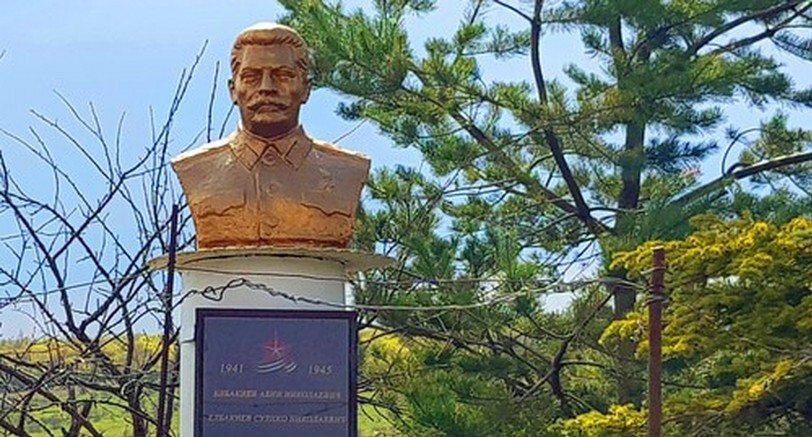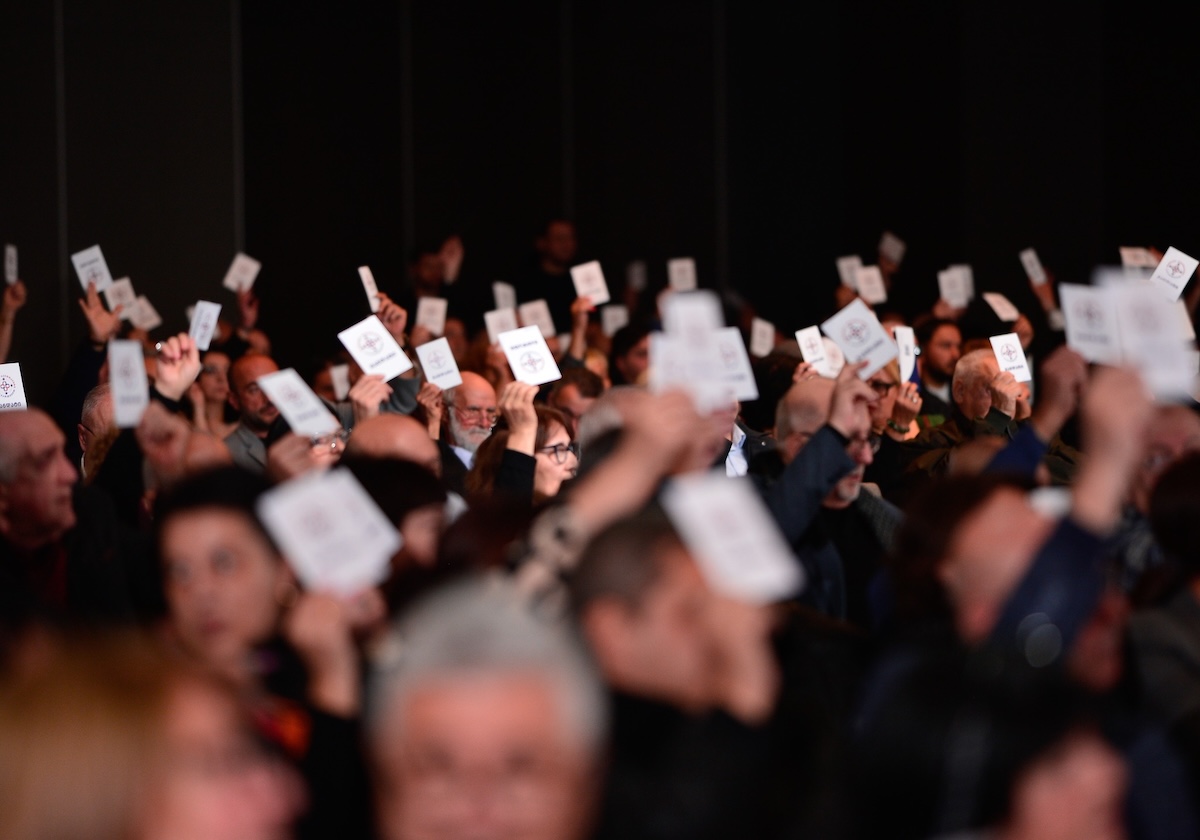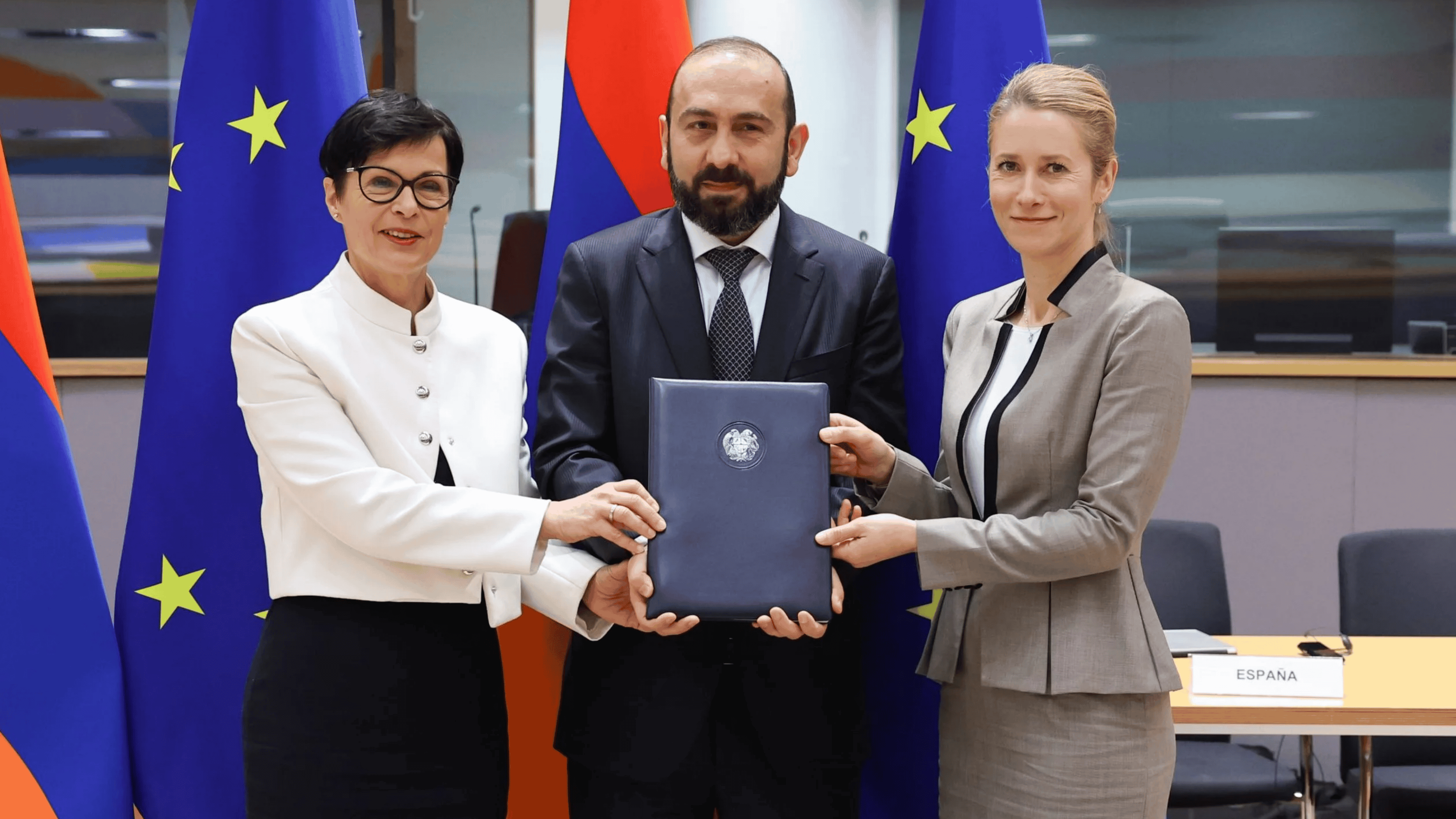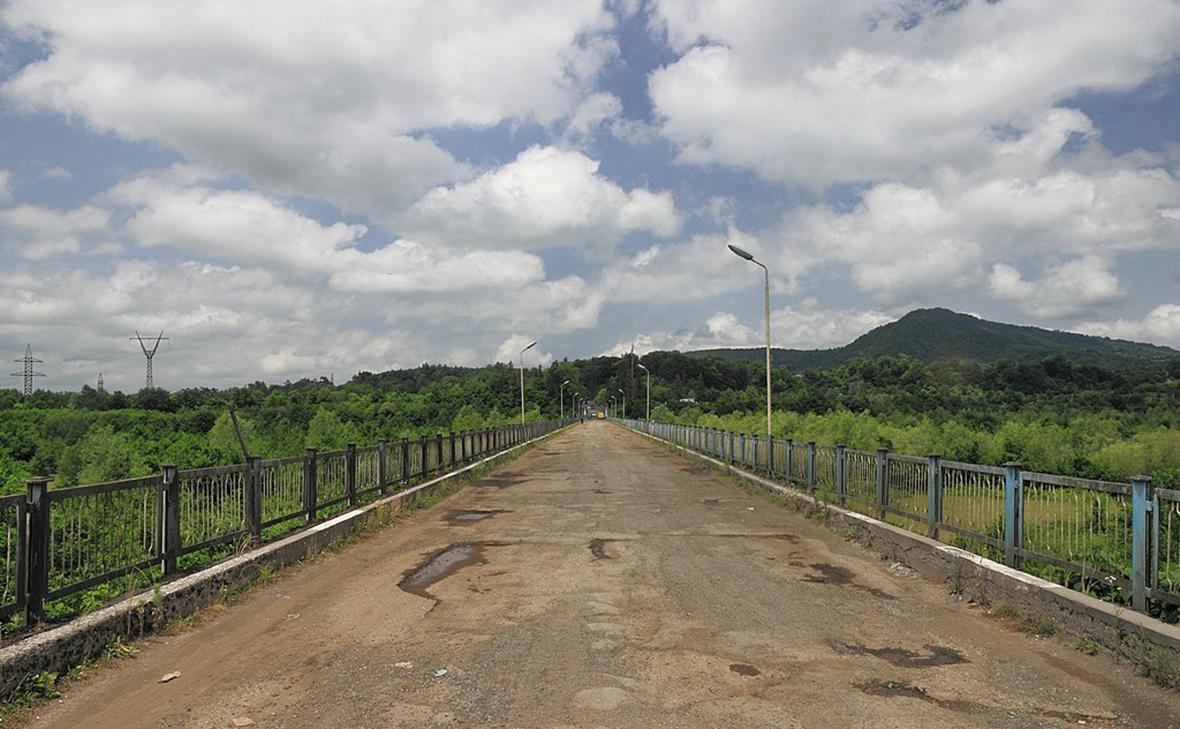What does a student pay for in Armenia?
photo from OSCE website
Higher education in Armenia is still too costly for the majority of students, and just unaffordable to some of them. Higher education institutions, that survive at the expense of student tuition fees, hand on to the worst ones, ensuring quantity of students rather than the quality of education.
Aida Marukyan, 20, a History Faculty student at Yerevan State University, pays AMD400,000 (US$835) tuition fee annually. Aida’s parents will have to pay the total of AMD1,6million (US$3,340) to cover her 4-year studies. Aida says, she ekes out income with summer odd jobs at various organizations in order to help her parents cover that sum, which is unaffordable for them, who are both teachers:
‘A tuition fee is high, but we aren’t provided comprehensive, full-fledged education. Only 20-30 % of lecturers really provide knowledge. The majority of them just bring the copied sheets of paper and sometimes they are even lazy to read the material and ask students to do it in their stead.
They explain the lectures and they don’t believe themselves in what they say. If asked a question beyond the lecture, they can’t answer, because they are too narrow-minded. I wish, our opinions were also taken into account and some active discussions, debates and practical exercises were organized.
The tuition fees in 11 higher education institutions in Armenia were raised by more than 50% as early as in 2013. The prices have been partially increased this year as well.
According to the international studies, higher education institutions with 60-70% of operating budget covered by tuition fees, have no prospects for further development. State funding is just trifling. Armenia allocates less funds for education than any other country in the region – just 2,5% of GDP. It was planned to allocate 4% of GDP on education under the state-run education development program for 2011-2015. However, even in 2016, the amount of allocated funds made only 2,53%.
Serob Khachatryan, an expert on education issues, a lecturer at Yerevan State University, pointed out: “A student tuition fee is dominant as against other sources, I mean, state budget, various donations. The main source of funding for world famous universities are the donations of their alumni, benefactors. Higher education is free in some European countries, like Scandinavian states, Germany …
The Medical University’s General Medicine Department charges the highest tuition fee in Yerevan- AMD1,5million (US$3,130) annually. One academic year at Yerevan State University (YSU)’s Law Faculty will cost a student AMD800,000 (US$1,670), whereas a tuition fee at Yerevan-based Komitas Conservatoire amounts to AMD700,000-800,000 (US$1,460-1,670) per year.
Agasi Tadevosyan, a social anthropologist, YSU teacher, majoring in ethnography, believes that education in Armenia is very cheap and one shouldn’t expect to get high-quality education for such a fee. After all, each merchandise has its value:
“The question is whether it is necessary for those, who are unable to gain knowledge, to study at the university at a low price. Students who pay smaller tuition fees often have a strange psychological attitude toward studies. Of course, it’s also a cultural phenomenon. Sometimes the parents of those students find intermediaries to ensure that their children don’t have to study the whole semester and just receive evaluations.
And here comes the question: are those parents normal? Knowledge is a subject of merchandise and the parents pay so that their children have it. However, for many people in Armenia a subject of merchandise is not the knowledge, but rather a diploma. And until diploma is a subject of merchandise, people will buy diplomas rather than knowledge. Knowledge is a costly merchandise, while a diploma is a cheap one.
Veronika Sargsyan, 20, YSU student, believes that many of her fellow students enrolled in the university for the sake of diplomas. It’s stylish: “A diploma should demonstrate everyone that you are intelligent. However, intelligence isn’t measured by diplomas. There are 18 students on our course and only 4 of them really study. The rest of the students are just whiling away thee time at the university; some of them don’t even attend the classes.
Armenian higher education institutions do not reject the ‘low-grade’ students. If they are expelled, there will be a drop in student quantity, which implies financial losses.
“Objectively speaking, 30% of students should be expelled, but that would be a collapse. Higher education institutions are already facing funding-related problems: they can’t raise salaries or settle some other issues. I think, if universities have had certain guarantees and they could expel bad students, in a couple of years they would have had more applicants than the rest of the universities that don’t expel such students.
However, that very university will first need to hold for several years, until the students graduate and tell everyone that their university was so good that it didn’t tolerate students with low academic performance, and provided them with high-quality education, and that when they get rich, they will support their university, because they owe it their education, Serob Khachatryan explains.
Tatev Zakaryan, a student at the Faculty of Animation Direction at Yerevan State Institute of Theater and Cinema, says that a tuition fee at her Faculty amounts to AMD600,000 (US$1,250) per year. However, the institute hasn’t met her expectations: “I am mostly discontent with how highly specialized subjects are taught. Our teachers represent a very old school and they teach the relevant techniques. The world has experienced progress, cinematography is developing, whereas we are still in the Stone Age.»
Nelly Khachatryan, Tatev’s mother, a teacher, has calculated that if a tuition fee is divided by the total number of months of studies, the sum will amount to AMD60,000 (US$125), whereas her monthly salary makes AMD70,000 (US$146), and the family will have to pay the total of US$5,010 to cover a 4-year course:
“First-year students are required to pay half of the tuition fee until September 15, and another half – by January 15. But we have already realized that on this sum we will just buy a diploma. If there hadn’t been a specialist in this sphere in our family, our daughter wouldn’t have learnt anything.
Agasi Tadevosyan notes that there are students who are interested in getting good education, and demand high-quality knowledge from their teachers: “Some teachers can provide knowledge, while others cannot. Those who can should work on themselves: it takes a day or two to prepare a good lecture. But that costs money- I’m spending my time, don’t I. And like many others, I also wonder: why should I work so hard for AMD65,000(US$135 – part-time) per month..
I am paid much more for private lectures, than for a month of lecturing at the university. So, why should I deliver the same-quality lectures to those students? With a rational approach to this issue, I shouldn’t do that. But I also have an irrational approach. I think: here’s a good student … How can I not teach him? And it’s me, who suffers most, since I’m wasting my time.
In Serob Khachatryan’s words, a new bill aimed to Europeanize the education system is being elaborated now.
American University of Armenia, French University and Slavic University are particularly respected nowadays thanks to the teaching quality. The tuition fees here are two or three times higher as compared to country’s state universities, but there is no lack of students at these universities.
“Overall 700 people apply for bachelor’s degree program at the American University and only 400 applicants are enrolled. But all 700 applicants are ready to pay that sum, says Serob Khachatryan, pointing out that there was an urgent need for reforms in the higher education field.



















